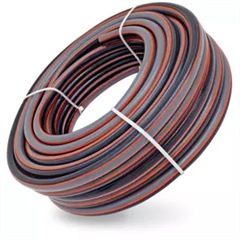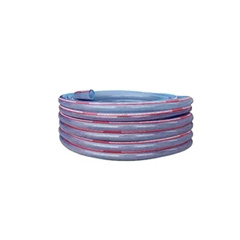Understanding the differences between different types of shovels is essential for selecting the right tool for a specific task. Shovels come in various shapes, sizes, and designs, each tailored to perform specific functions. Here are some common types of shovels and their differences:
- Round-Point Shovel:
- Blade: Rounded with a pointed tip.
- Function: Ideal for digging in various soil types, moving loose materials, and planting.
- Common Uses: Digging holes, trenching, shoveling loose soil, and mixing materials.
- Square-Point Shovel:
- Blade: Square or rectangular with a flat edge.
- Function: Suited for tasks that require moving materials in a more controlled manner.
- Common Uses: Transferring materials like gravel, sand, and snow; edging landscapes.
- Flat-Head Shovel (Scoop Shovel):
- Blade: Flat and wide, with shallow sides.
- Function: Designed for scooping and moving loose materials quickly.
- Common Uses: Handling materials like grain, coal, mulch, and snow.
- Edging Shovel:
- Blade: Half-moon or squared, often with a serrated edge.
- Function: Used for edging, creating clean lines, and cutting through grass and turf.
- Common Uses: Creating defined borders for flower beds, paths, and lawns.
- Trenching Shovel:
- Blade: Long, narrow, and pointed with a straight edge.
- Function: Designed for digging deep, narrow trenches.
- Common Uses: Installing pipes, cables, and drainage systems.
- Post Hole Digger:
- Blade: Consists of two narrow, pointed blades.
- Function: Used to dig evenly sized holes for posts or poles.
- Common Uses: Fencing, sign installation, and other tasks requiring vertical posts.
- Garden Shovel (Border Spade):
- Blade: Smaller and narrower than standard shovels, often with a pointed tip.
- Function: Suited for garden work, planting, and working in tight spaces.
- Common Uses: Digging holes for plants, transplanting, and light gardening tasks.
- Snow Shovel (Snow Pusher):
- Blade: Wide and flat, often with a curved or sloped design.
- Function: Designed for pushing and lifting snow.
- Common Uses: Clearing snow from driveways, sidewalks, and other surfaces.
- Grain Shovel:
- Blade: Wide and flat with a slightly curved edge.
- Function: Specifically designed for handling grains and other bulk materials.
- Common Uses: Moving grains, seeds, and other loose materials.
- Coal Shovel:
- Blade: Deep and scoop-like, often with a squared edge.
- Function: Tailored for handling coal and other heavy materials.
- Common Uses: Transferring coal, ash, and other solid materials.
Remember that the choice of shovel depends on the task at hand and the specific characteristics of the material you’re working with. Using the right type of shovel not only makes your work more efficient but also helps prevent unnecessary strain or damage to the tool.
































